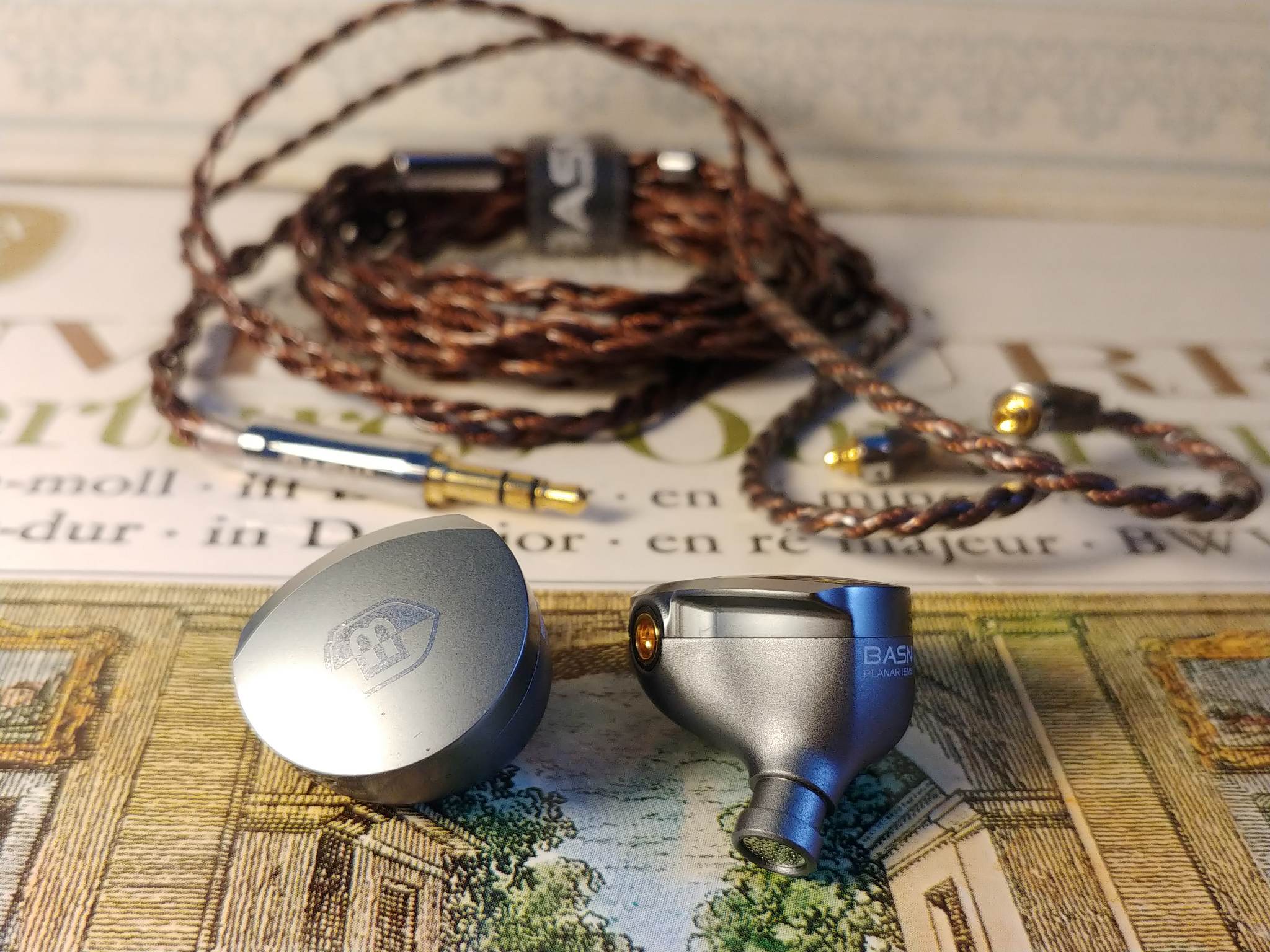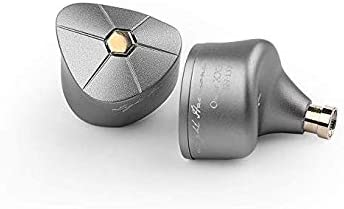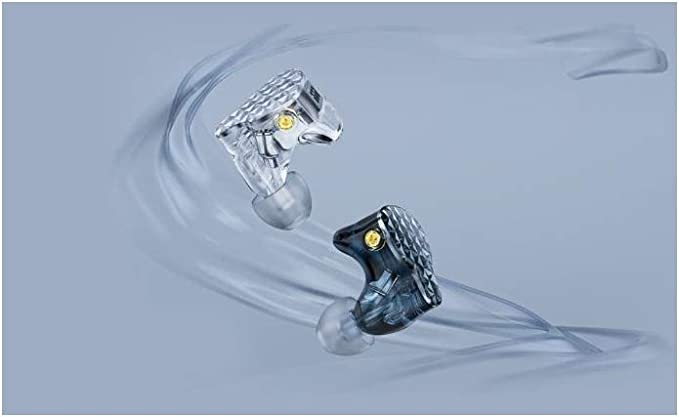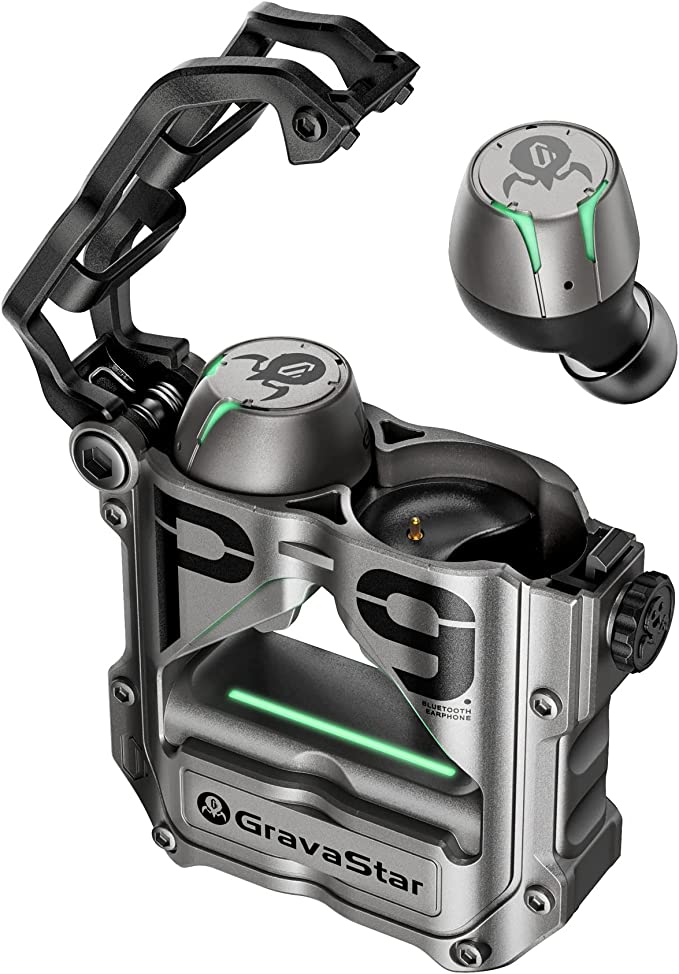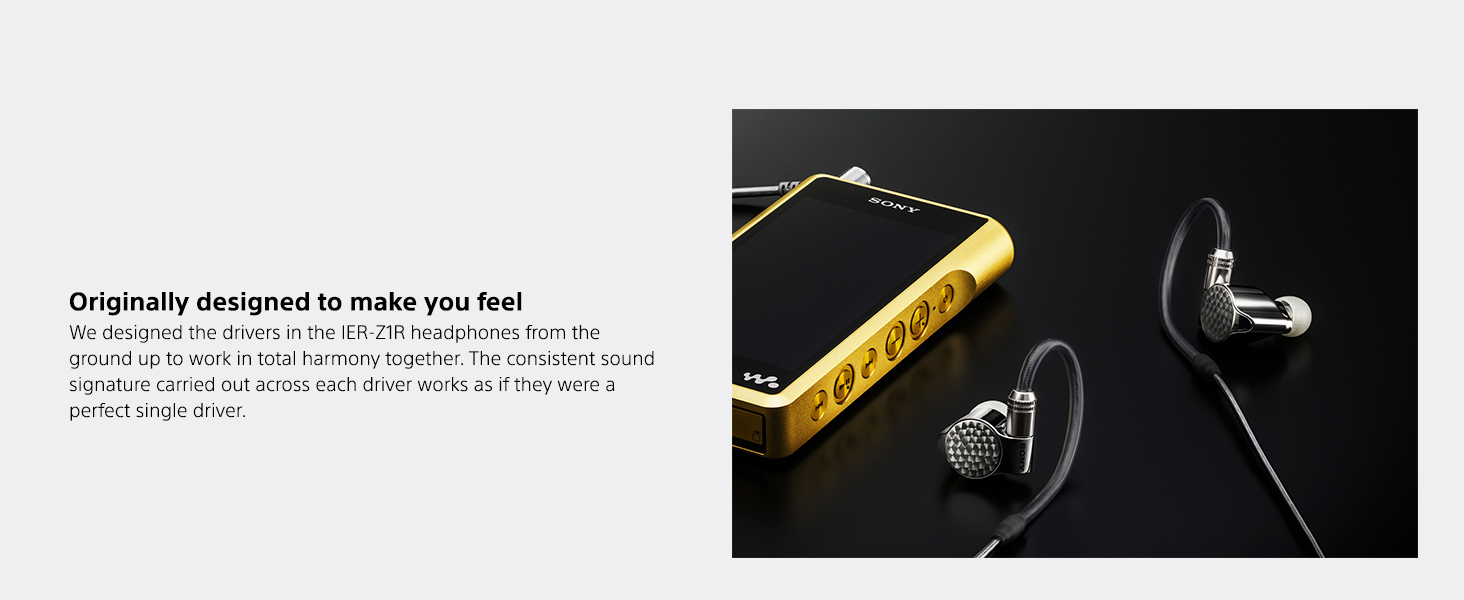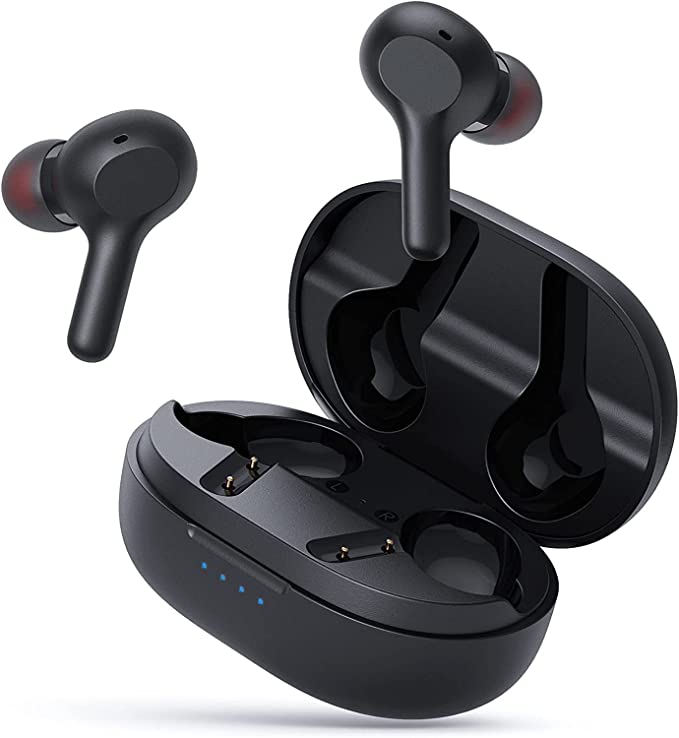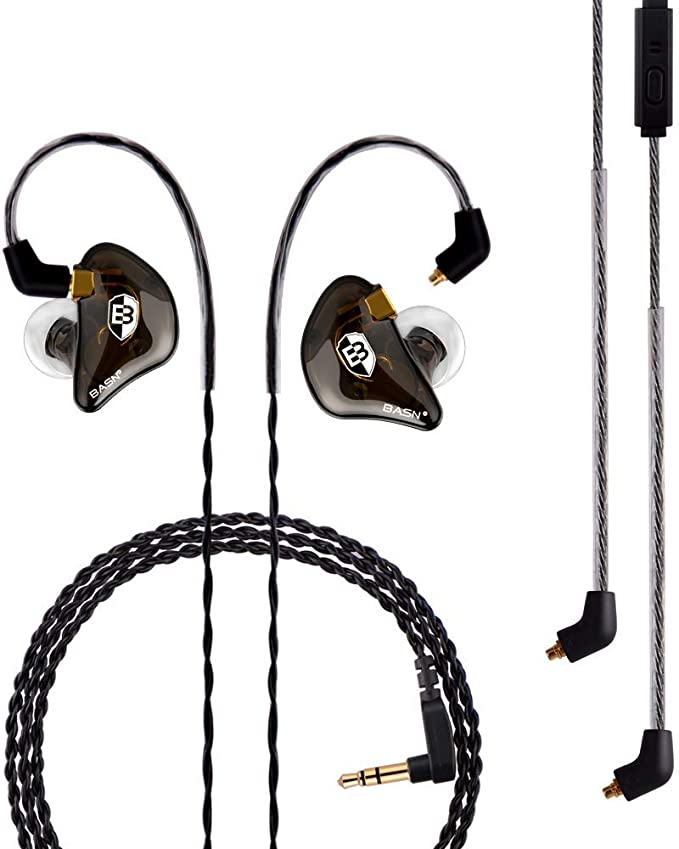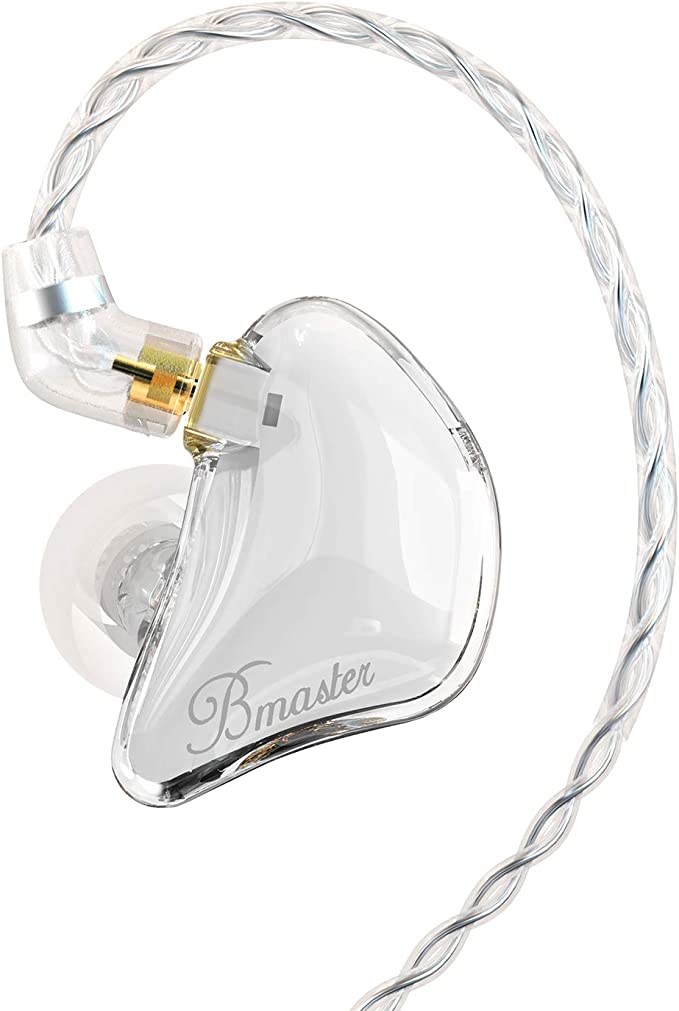The Anatomy of Detail: A Guide to Balanced Armature Drivers and Hi-Res Audio
Update on Nov. 14, 2025, 5:55 p.m.
For every music lover, there comes a moment of revelation. It’s the first time you hear a familiar song and suddenly notice the subtle rasp in a singer’s voice, the faint shimmer of a cymbal you never knew was there, or the distinct separation between a bass guitar and a kick drum. This is the moment you begin the journey into high-fidelity audio—the quest to hear music not just as a whole, but as a rich tapestry of intricate details.
This pursuit of detail has driven a fascinating field of audio engineering, particularly in the miniature world of in-ear headphones. To understand how this clarity is achieved, we need to go beyond marketing terms and dissect the core technologies at play. Using a classic example of precision engineering like the Sony XBA-300AP, we can explore the two fundamental pillars of modern high-fidelity listening: the driver technology and the audio source itself.
The Engine of Sound: Dynamic vs. Balanced Armature Drivers
At the heart of every headphone is a driver, a transducer that converts electrical signals into sound waves. The vast majority of consumer headphones use dynamic drivers. Think of these as miniature, conventional loudspeakers, using a voice coil attached to a cone-like diaphragm to move air. They are excellent at producing powerful, impactful sound, especially in the low frequencies.
However, in the quest for ultimate precision and speed, particularly in the compact chassis of an in-ear monitor (IEM), engineers often turn to a different technology: the Balanced Armature (BA) driver.
Originally developed for the minute and demanding environment of hearing aids, a BA driver operates on a principle of finesse over force. Instead of a large diaphragm pushing air, it uses a tiny reed (the “armature”) balanced between magnets. An electrical audio signal causes this reed to vibrate with incredible speed and precision. This vibration is transferred via a rigid rod to a small, stiff diaphragm, which in turn creates the sound.
The key advantage of a BA driver is its transient response. Because its moving parts are incredibly small and light, it can start and stop on a dime, reproducing the sharpest, most complex sounds—like the crisp attack of a snare drum or the delicate pluck of a harp—with stunning clarity and without blurring.
The Multi-Driver Strategy: An Orchestra in Your Ear
If a single BA driver is a precision instrument, why not create an ensemble? This is the philosophy behind multi-driver earphones like the Sony XBA-300AP, which features a Triple Balanced Armature system. This isn’t about making the sound louder; it’s about making it more accurate.
Just as a high-end floor-standing speaker uses a large woofer for bass, a mid-range driver for vocals, and a small tweeter for highs, a multi-BA system assigns specialized roles to each driver: * Woofer Driver: Dedicated to reproducing low frequencies with tightness and control, avoiding the “boomy” bass that can obscure other details. * Full-Range Driver: Handles the crucial mid-range, where the core of most melodies and vocals reside. * HD Super Tweeter: A specialist for the high and ultra-high frequencies, responsible for delivering sparkle, “air,” and the subtle harmonics that create a sense of realism.
This division of labor allows each driver to operate in its most efficient range, a process managed by an internal crossover network. The result is a more balanced, detailed, and coherent sound across the entire frequency spectrum.

The Canvas: What “High-Resolution Audio” Actually Means
To appreciate a detailed painting, you need a high-quality canvas. In the audio world, that canvas is the source file itself. High-Resolution Audio refers to digital music files that offer a higher fidelity than the standard Compact Disc (CD) format.
In simple terms, digital audio is created by taking thousands of “snapshots” of an analog sound wave per second. * CD Quality (16-bit/44.1kHz): Takes 44,100 snapshots per second, with each snapshot having 65,536 possible values for loudness. * Hi-Res Audio (e.g., 24-bit/96kHz): Takes 96,000 snapshots per second, with each snapshot having over 16.7 million possible values for loudness.
This vast increase in data allows Hi-Res files to capture a level of nuance, dynamic range, and subtle detail closer to the original studio master recording. However, to hear these details, you need a playback device capable of rendering them. A headphone that is “Hi-Res Audio compatible,” like the XBA-300AP with its frequency response extending to 40,000 Hz, signals that its drivers are engineered with the speed and range to reproduce the additional information present in these high-quality files. It’s the synergy between a high-resolution canvas (the audio file) and a fine-tipped brush (the BA drivers) that brings out the full picture.
Preserving Purity: The Unsung Role of Housing and Cables
The final, critical steps in delivering detail involve protecting the audio signal from interference—both physical and electrical.
- Acoustic Damping: Unwanted vibrations in the headphone housing can color and distort the sound. To combat this, high-end designs use acoustically inert materials. The XBA-300AP employs a double-layered housing with an inner “Rigid Mount Housing” made of magnesium alloy. Magnesium is exceptionally rigid yet lightweight, and it excels at damping vibrations, providing a stable, non-resonant platform for the drivers to perform their work without interference.
- Signal Integrity: The cable is not just a wire; it’s the final pathway for the audio signal. A quality cable, like the silver-coated Oxygen-Free Copper (OFC) cable used with the XBA-300AP, is designed to transmit the signal with minimal degradation. Even more crucial is the L/R ground separation. In standard cables, both channels share a ground wire, which can cause electrical “crosstalk,” slightly blurring the stereo image. By providing separate ground paths for each channel, this design enhances stereo separation, making the “soundstage” feel wider and more defined.
Conclusion: The Pursuit of the Unheard
The journey into high-fidelity audio is a rewarding one, driven by the desire to connect more deeply with the music we love. It’s a world built on precision engineering, where every component—from the type of driver and the quality of the audio file to the material of the housing and the construction of the cable—plays a critical role.
Headphones like the Sony XBA-300AP are not just products; they are instruments designed for this pursuit. They embody a philosophy where multiple specialized technologies converge with a single purpose: to resolve the intricate details of a recording and present them with clarity and balance. Understanding the “anatomy of detail” behind these devices transforms us from passive listeners into active explorers, ready to rediscover our favorite music and hear, for the first time, the subtle nuances that have always been there, waiting to be revealed.




